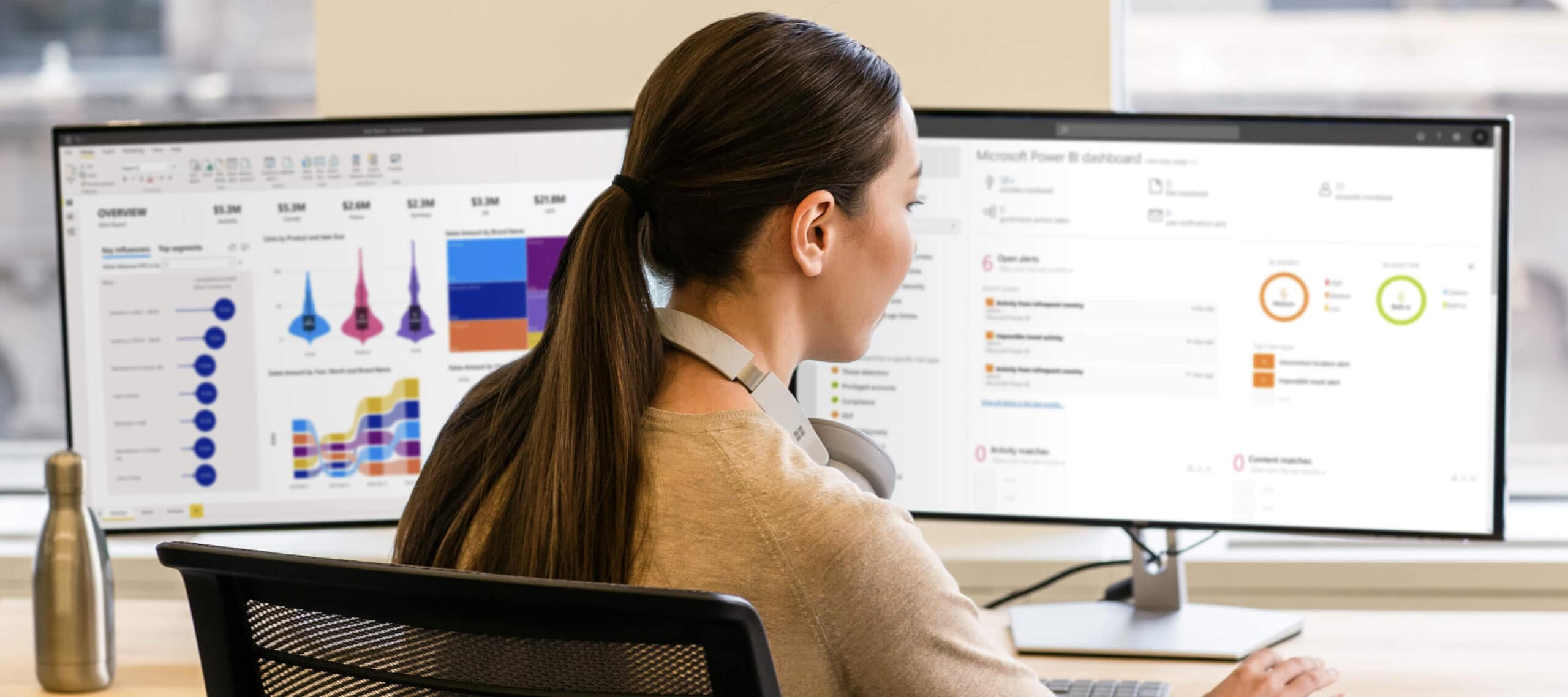Aaron Watt, BI Solutions Developer at Cloud Cover IT
The way we work has changed. From being in a physical workspace with colleagues to working remotely, creating home offices. It is not without its issues. The speed at which we moved to home working was sure to throw some curve balls – collaboration, reporting and informing staff.
Keeping up with project management, tracking data and analysis had, for many, become chaotic and scattered. At Cloud Cover we recognised some, if not all our clients had been affected by this. So, we are accelerating the shift to a data driven culture and hope to inspire and assist our clients to do the same.
Utilising Power BI, we have migrated our data to the platform which allows up to build tailored dashboards to keep up to date and make informed decisions based on real time data and insights. With this insight, our team can collaborate on reports and identify key areas of improvement, working together to get the job done.
Traditionally, businesses reported data on Excel and many still do but without that physical presence to get fully involved with the spreadsheet, it can throw a spanner in the works. Power BI eliminates this. It is easy to set up, user friendly and you can personalise it to fit your needs to get those meaningful insights without digging.
So Why Choose Power BI over spreadsheets?
1. Visualise your data
One of the standout features of Power BI is the ability to transform data into visually pleasing and consumable graphics. Charts, images, and graphs can tell you in real time how the data is performing. The dashboards are completely customisable to the needs of the organisation, team, or department, helping to inform the decision-making process.
2. Collaboration
Power Bi allows users to share reports with anyone in the organisation and allow multiple users to work on the same report or create new reports off the existing data sets while ensuring the data is secure. You can add Power BI reports to Teams. The integration into everyone’s workflow means teams can start discussions about the data no matter where they are working.
3. Mobile
Whether you are in the office, home or even the coffee shop you can securely access and view your reports and dashboards with applications for Windows, Android and IOS devices. This enables the user to annotate, comment, and share reports on the move.
4. Automation
The automation ability within Power BI can transform your data and help the user to build the report once. After this, a schedule can be set for the report to refresh and get the latest data. Allowing hours of time to be saved each week as you no longer need to search for this month’s data or wait for someone else to finish what they are working on to put data from a single source.
5. Self Service
Power BI follows the same principals as the rest of the Power platform with no-code to low-code. This allows anyone of any skill level to jump straight in and build or modify reports. Eliminating the need for specialised staff or resources compared to traditional BI reporting tools.
Do you want to know more about how Power BI can transform your business? Watch the recording from the Lunch and Learn on YouTube here.
If you’d like to know more information regarding the webinar or any service, please contact Caitlyn Gillespie or call us on 0141 280 2882.
